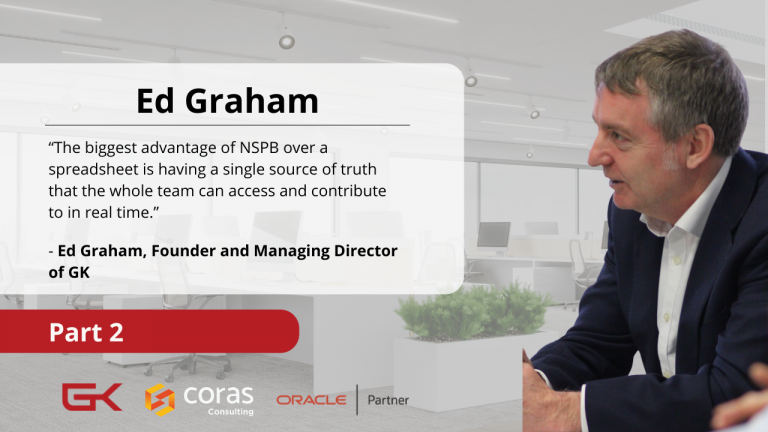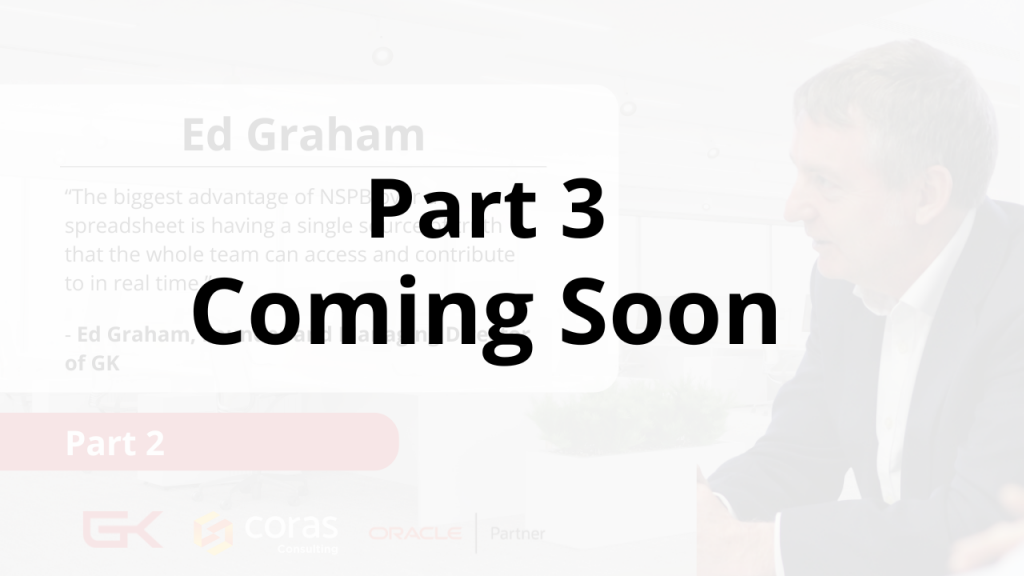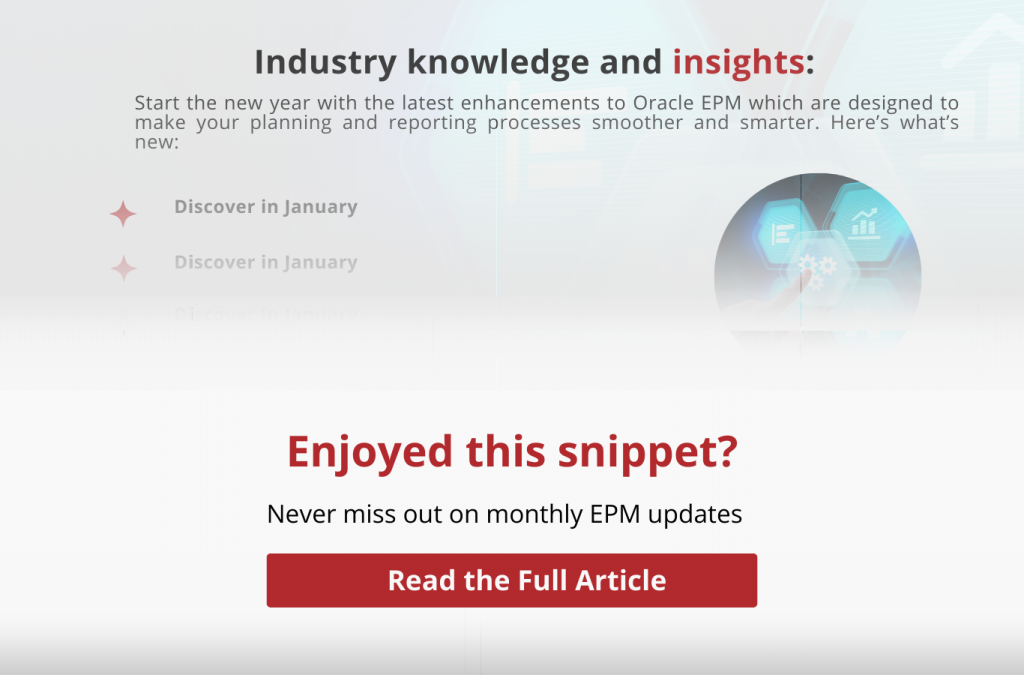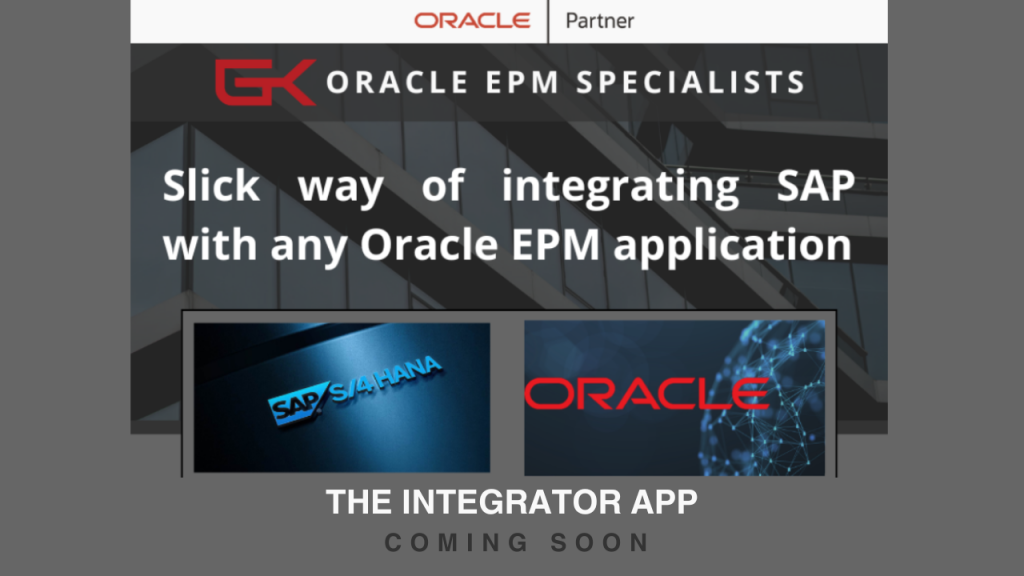
7 compelling advantages of NetSuite Planning and Budgeting
Finance teams today face increasing pressure to deliver accurate budgets and forecasts faster than ever – while keeping everyone aligned and reducing the risk of errors. Spreadsheets alone often can’t keep up with these demands.
NetSuite Planning and Budgeting (NSPB) provides a centralised, cloud-based solution that brings teams, data, and processes together in one secure environment. In this second article of our FP&A series with Coras Consulting, Ed Graham breaks down seven compelling advantages of NSPB, from collaborative working and process automation to Excel integration and version management – showing how businesses can work smarter, not harder.

- Collaborative working anywhere, anytime
Let us be honest, spreadsheets are great; the major problem is that practically only one person can work with the data held in a spreadsheet
A tool like NSPB facilitates teamwork by holding data centrally in a database that is available to everyone in the team. We call it a ‘single source of truth’ and it the biggest advantage of a NSPB over a spreadsheet.
New and existing employees deserve a system that allows them to contribute to your company’s budgeting, forecasting, and reporting processes while securely sharing in real time their data and output in the same way with their colleagues.
2. Budgeting, Forecasting, and Reporting Best Practice
Thousands of Oracle customers use NSPB or its equivalent Oracle EPM Cloud Planning, including Oracle Corporation itself. Your advantage is that best practice has built up over time as well as an experienced base of partners and users with knowledge of how to get the best out of the system.
Whether its zero-based budgeting, rolling forecasts or predictive planning the flexibility and power of NSPB to run your processes and report your outputs is a powerful driver to implement the solution.
3. Automation and integration
Process automation reduces manual effort and, more importantly, eliminates the manual errors that can creep into a spreadsheet process. NSPB has native integration with NetSuite as well as the capability to integrate to any ERP system using Oracle tools.
In NSPB a pipeline is configured to orchestrate your process and run your automation. In a typical scenario; data is pulled out of NetSuite and other source systems, calculations are run to actualise and produce a forecast, AI insights and predictions are run, and outputs are distributed to users all on an overnight schedule.
4. Data security on a leading cloud platform
As well as working as a company accountant and a system implementer, I have also worked in IT roles. Data security is the most important consideration for an IT department.
Data in NSPB is held securely in Oracle’s market-leading modern cloud infrastructure. Access to NSPB data is controlled using the latest single sign-on technology and flexible user security roles.
Having data and user security requirements managed by Oracle represents a big advantage over spreadsheets and other tools.
5. Process standardisation
All companies implementing NSPB take advantage of the opportunity to review their budgeting, forecasting, and month-end reporting processes.
Standardisation of processes like budgeting, forecasting and reporting means they are made into consistent repeatable processes, saving time and producing consistent outputs.
All required calculations can be configured using NSPB’s powerful calculation engine, meaning they can be tested once and relied on by the top level. Advanced calculations such as calculated Cash Flow Statements, are implemented at the bottom level so that every level in your hierarchy has the same Cash Flow Process.
6. Version management and comparison
We worked with a company that had one spreadsheet for every asset, and they had over 100 assets. They needed a new version of the spreadsheet for every monthly forecast so they kept 12 versions of each spreadsheet. And then they wanted to model different scenarios for every forecast, say three different versions per forecast. That is 100 x12 x3 = 3,600 spreadsheets a year!
In a tool like NSPB all 100 assets would be in the same version and the tool can hold an unlimited number of versions. From a practical view, all 12 x 3 = 36 versions per year are available to the company for review and comparison in NSPB – a big advantage.
7. Excel Integration with real-time access to data
NSPB has an Excel user interface in addition to a web user interface. Access to all data stored in NSPB is conveniently also available in excel, giving users real-time access to their data combined with the power and flexibility of excel.
The Excel front end to NSPB also provides easy maintenance capability to add new hierarchies and scale your solution.
NSPB data can be retrieved with Excel as well as taken from Excel and sent back to NSPB. The seamless combination of Excel and NSPB is a big advantage.
Conclusion
Moving from spreadsheets to a dedicated FP&A platform like NSPB can transform the way your finance team works – improving collaboration, standardising processes, reducing manual errors, and providing real-time access to critical data.
At GK, we help businesses get the most out of Oracle EPM, while our trusted partners at Coras Consulting are experts in delivering seamless NetSuite implementations. Together, we’ve developed a proven approach that simplifies the integration process and delivers real results.
Whether you’re implementing NetSuite for the first time or optimising your current setup, exploring these solutions can give your team the tools, insights, and confidence to make better business decisions.
Interested in implementing NetSuite or optimising your current setup? Explore Coras’ NetSuite services here.
Want to talk through your current planning setup? Get in touch - we’re happy to help you explore the options.
Featured content
Part 1: In this blog, GK’s Managing Director Ed Graham explores five practical ways a dedicated FP&A tool – such as Oracle EPM or NetSuite Planning & Budgeting (NSPB) – can significantly improve the way your finance team works. From increased data control to real-time collaboration and automation, the benefits go far beyond convenience.
Part 3: here, we’ll dive deeper into how leading FP&A tools – including NSPB and Oracle EPM – compare in practice. We’ll explore the challenges finance teams often face during implementation, share tips for overcoming them, and highlight how AI can be leveraged to make forecasting faster, smarter, and more accurate.
Have you seen the Oracle EPM’s latest update on our insights page? If not, now is the time!
We have developed a slick way of integrating SAP with any Oracle EPM application including the ability to integrate with SAP S4 Hana public cloud.
We’re live on G-Cloud 14. This means public sector organisations can now easily access our Oracle EPM services on the Digital Marketplace!







